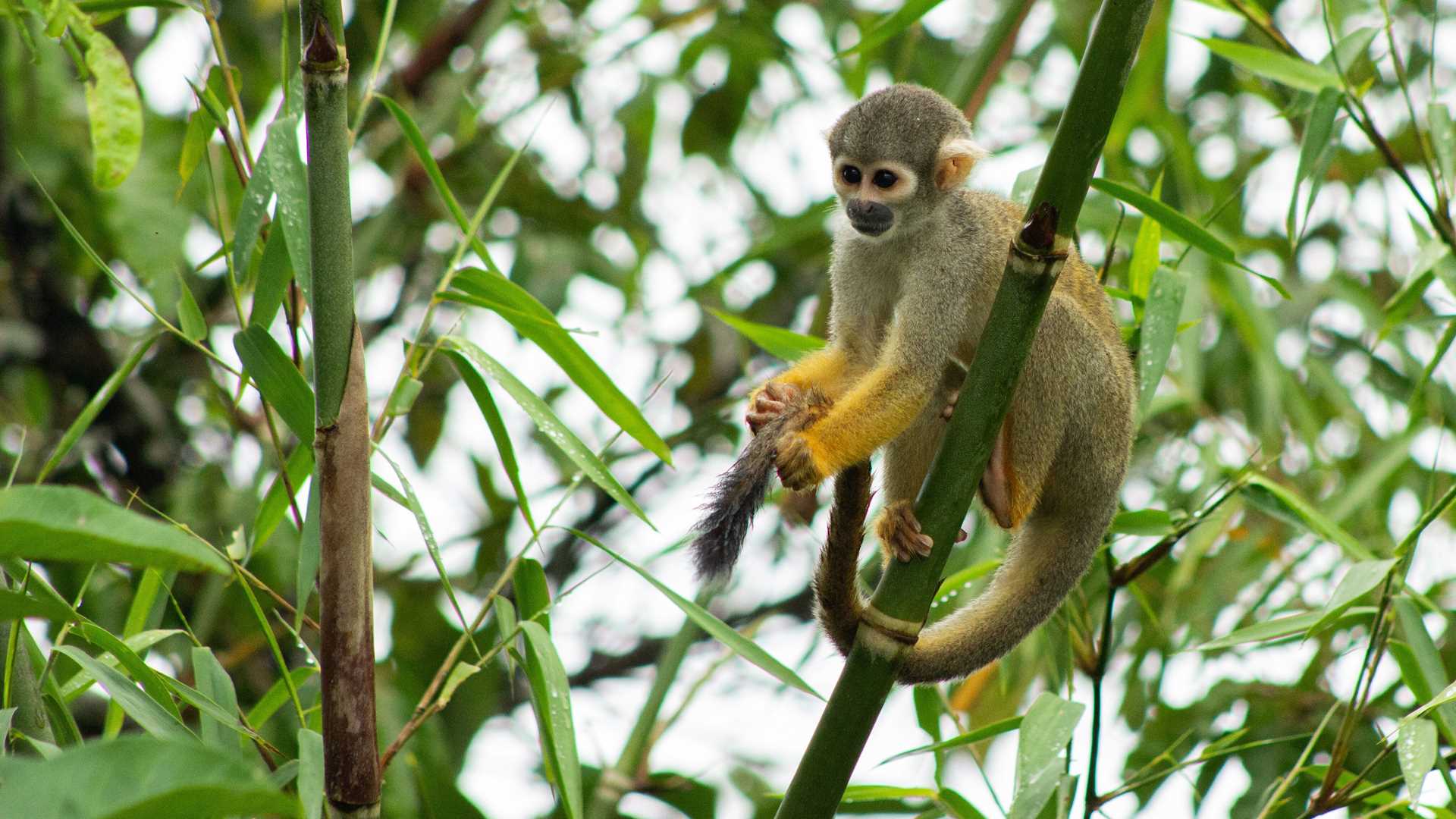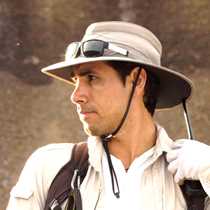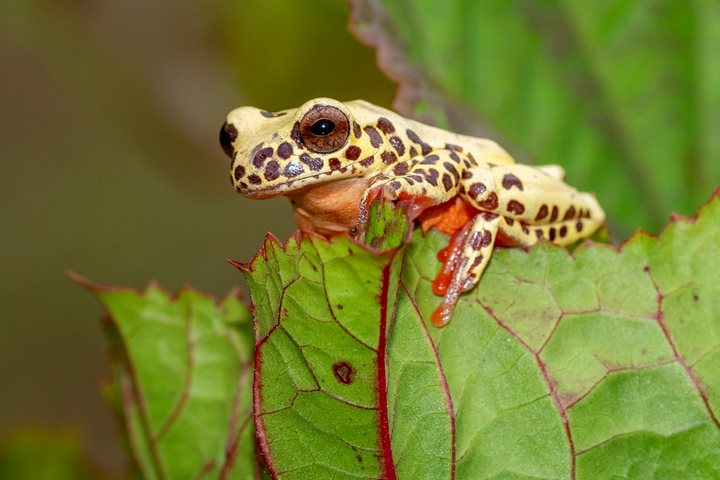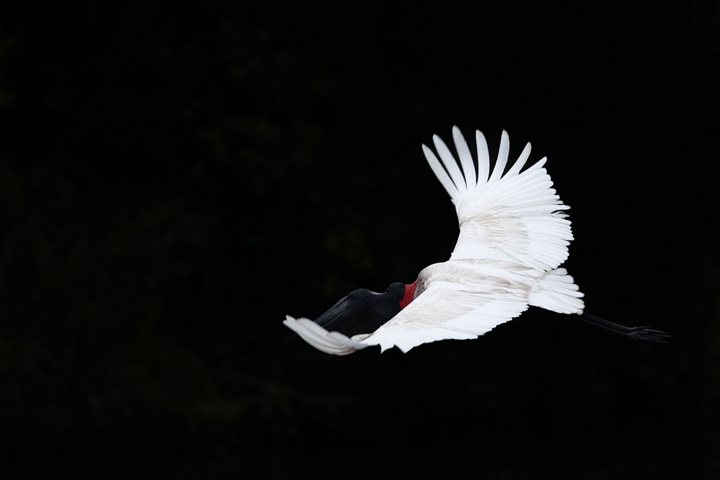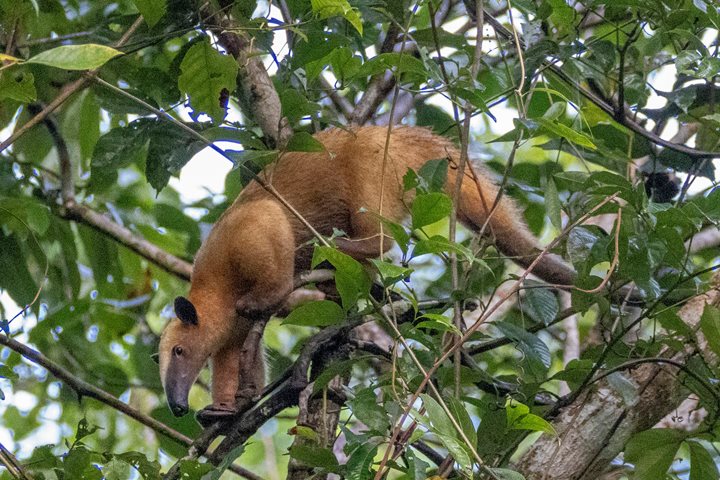We disembarked right after breakfast. We were ready to explore Pacaya River and its wonderful forests. As we traveled, our naturalists spotted red howler monkeys and pink river dolphins. To top it all off, we went for a swim in the mirror-like waters of Yanayacu Lagoon. Pink dolphins swam by to check us out.
Magdalena River is a fantastic place to look for wildlife. Its intricate channels, now flooded by the main river, allow us to enter the majestic forest that guards the river. After a great exploration spent observing many birds and mammals, we came back onboard for a drink to celebrate another magical day in the Amazon.

